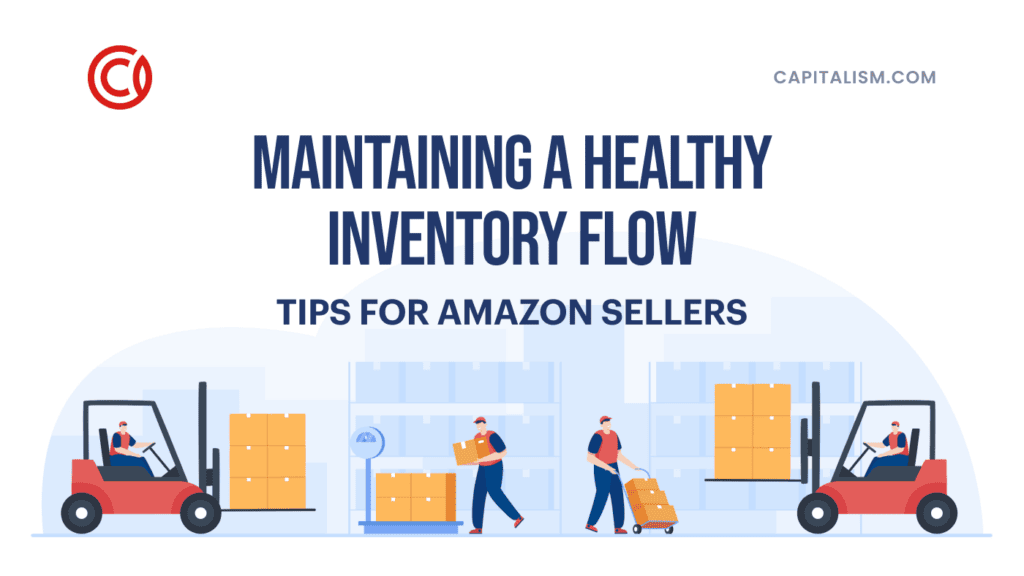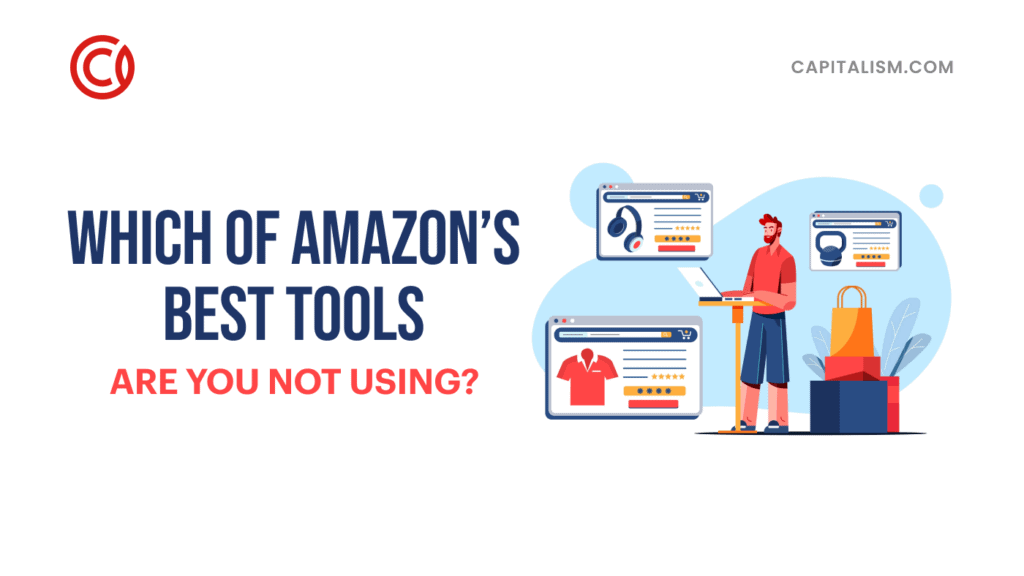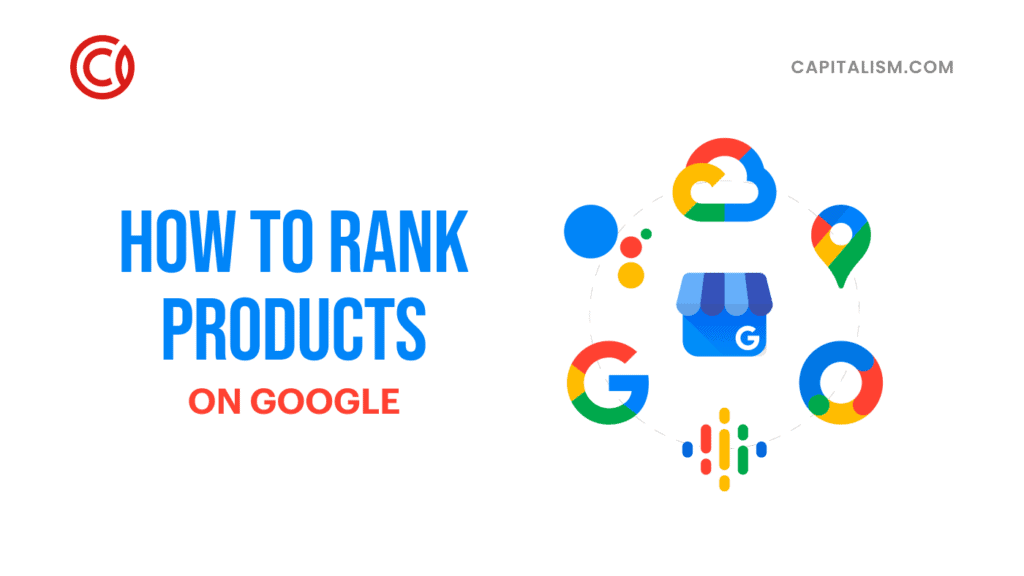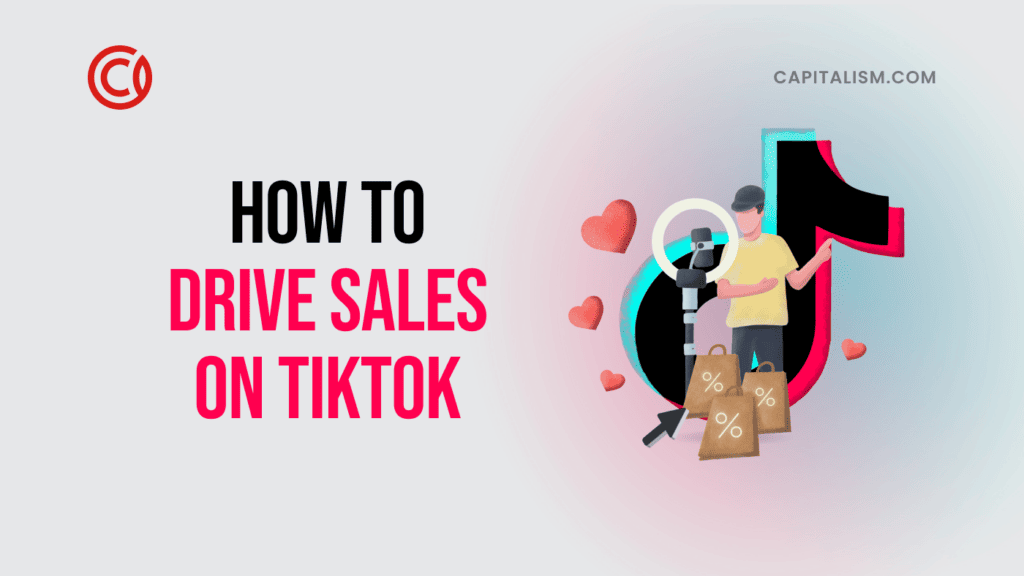Funnel Hacking
“We’ve been selling for a year longer than our competitor and they have 3x the customer reviews!” “I have no idea how our sub-par competitor is getting more sales than us!” We hear comments like these constantly from Amazon sellers struggling to take on their competitors in this competitive space. And while you can’t take away from their success, they can actually help you to add to YOURS. How? We call it: Funnel Hacking.
What is Funnel Hacking?
 Basically, funnel hacking is educating yourself on the products, funnels, and tactics your competitors are using in order to get more sales, and ultimately more customer reviews. Want to know what a competitor’s customer service is like? Purchase their product and enter into their funnel. Want to know what they are saying and doing to get their customers to leave that coveted review? Purchase their product and become a customer.
Basically, funnel hacking is educating yourself on the products, funnels, and tactics your competitors are using in order to get more sales, and ultimately more customer reviews. Want to know what a competitor’s customer service is like? Purchase their product and enter into their funnel. Want to know what they are saying and doing to get their customers to leave that coveted review? Purchase their product and become a customer.
Stop speculating about if someone else’s product is better or worse, and stop spinning your wheels baffled at how they are achieving their success. If they have more sales than you and more reviews than you, they are doing SOMETHING right. By funnel hacking through their sales process as a customer, you’ll not only get some hard data on the quality of the product, but you’ll get the inside scoop on what their customers experience from A to Z looks like. So let’s start funnel hacking…
Step 1: Buy the Product.
As a product seller, you probably think your product is superior to everything else out there. And maybe it is. But regardless of whether it’s better or not, how your product is conveyed on the listing can completely make or break a sale. Take the time to objectively look at your competitor’s product and listing. Do some competitor analysis to learn about what sets you apart. Is your material more durable? Does your battery life exceed the competition? Do they have more professional images and you need to up your game? What are their customers saying in the comments? What do their customers give negative feedback about? Be sure to highlight how your product solves the problems found in other competitors’ products. Then apply these funnel hacking insights to your own listings. Or maybe you are able to think of a new way to innovate a future model of your product that will be superior to your competitor!
Funnel Hacking Pro Tip:
You want to not only consider the marketing as it appears on this listing. But
does your competition include any type of marketing insert that is effective? Follow the instructions on their marketing insert to see what type of strategy they are using. Funnel hacking also means asking what can you do that will enhance the customer experience on the packaging?
Step 2: Analyze the Emails.
What type of engagement happened after the purchase? Did they have an autoresponder? Did it feel personal? Finally, did they add  any extra value to your purchase via this communication? At what point does your competitor ask for a review? How do they do it? How does it feel to you as a customer? As part of your funnel hacking, make a list of things that made the purchase more compelling to you as a customer.
any extra value to your purchase via this communication? At what point does your competitor ask for a review? How do they do it? How does it feel to you as a customer? As part of your funnel hacking, make a list of things that made the purchase more compelling to you as a customer.
Step 3: Look at Your Own Sequences.
Are your emails reflective of your brand and mission? Do the emails feel like they are formulaic or engaging? How might a customer feel when receiving these emails? Take what you learned (both the good and the bad) from your competitor and use that information to up-level your autoresponders.
Step 4: Collect the Email Address.
You know that a downside of selling on Amazon is the seller doesn’t own the customer. But, a smart seller always finds a way to get the customer’s data and has a strategy in place to use that growing list to their advantage. Take a look at how your competitor gained access to your email address and what they did with it. Did that offer you an additional incentive to sign up for a newsletter or a promotion? Did they add you to a ChatBot list on Facebook? What are you doing to grow your list? Take some time to answer those questions, and put some new plans in place to draw your new customer into your brand family.
Step 5: The Review Ask.
![]()
How did they ask for a customer review? What was the timing like? Did they do a good job earning the trust of the customer first? What did they do well and what could you implement with your own brand to encourage more customer reviews? This is one of the biggest hurdles sellers face since the rules have tightened up so much on Amazon. Don’t let overwhelm in getting those reviews stop you from taking action. At TurnKey, we offer a Customer Review Accelerator Course that can take all the guesswork out of creating a steady flow of reviews for your products. The course contains our top 8 strategies that we use with our clients to up the quality and quantity of their reviews. It’s not rocket science, but there is definitely intention and strategy behind getting reviews. Don’t fool yourself that 2,000 reviews happen on accident. It didn’t happen on accident for your competitors and it won’t happen for you.
So, are you done wondering what your competition is doing to achieve massive success on Amazon?
Stop stressing, and start funnel hacking. Buy the product. Analyze the product. Play the role of the customer and see how their sales process unfolds. What can you learn from them, what can you highlight about your own product that stands out from theirs? Now, go to work! Still, feel overwhelmed? Do you feel like your 50 reviews can never compete with your competitor’s 2,500 reviews? Check out our Review Accelerator and take that first step towards BEING the competition.
This article was contributed by Jeff Lieber and his team from TurnKey Product Management, an Amazon consulting company. With over 12 years of Amazon experience, over 150K products sold, and over 8-figures in revenue made for our clients in the past year alone, we are uniquely positioned to help brands scale their sales on Amazon through a variety of services: full-service management, Amazon PPC management, 1-on-1 coaching, standard operating procedures, online training and more.












